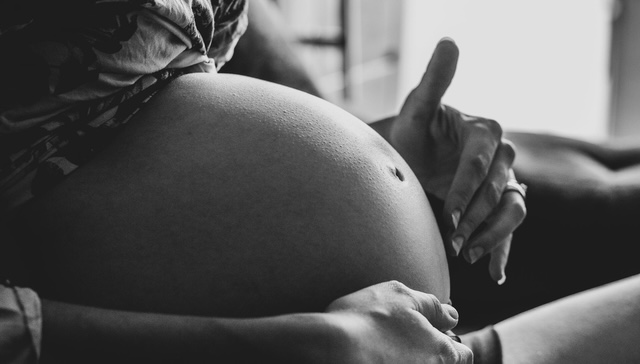As a midwife with 24 years of experience, I’ve guided countless women through the transformative journey of childbirth and recovery. This firsthand knowledge, combined with current research, informs my understanding of the physical changes women experience postpartum, particularly regarding pelvic and vaginal health. Let’s explore these changes to help you understand what to expect during recovery.
Normal Physical Changes After Childbirth
The birthing process is physically demanding, and your body needs time to heal afterward. Here are some common changes you might experience:
🌟 Tissue Changes
During vaginal delivery, the tissues and muscles stretch significantly to allow your baby to pass through the birth canal. This can lead to temporary swelling, soreness, and bruising in the vaginal area. For most women, this discomfort resolves within a few weeks as tissues begin to heal.
🌟Pelvic Floor Changes
The pelvic floor muscles, which support your uterus, bladder, and bowel, undergo considerable strain during pregnancy and childbirth. Up to 80% of women experience some degree of pelvic floor weakening after vaginal delivery, which may contribute to symptoms like mild urinary leakage when coughing or sneezing.
🌟 Vaginal Laxity
Some women notice changes in vaginal tightness after childbirth, however the vaginal tissues have remarkable resiliency and often regain much of their tone within 6-12 months postpartum.m.
🌟 Recovery Timeline
Every woman’s recovery is unique, but there are some general patterns:
– First 6 weeks: This is the primary healing phase when most acute symptoms resolve
– 3-6 months: Continued improvement in pelvic floor strength and tissue healing
– 6-12 months: For most women, vaginal tissues have substantially recovered
🌟Supporting Your Recovery
Approaches to support your recovery include:
Pelvic Floor Exercises
Kegel exercises have consistently shown benefits for postpartum recovery. A systematic review in the Cochrane Database found that women who performed regular pelvic floor exercises experienced fewer urinary incontinence symptoms and reported better sexual function by 6 months postpartum.
Proper Nutrition and Hydration
Adequate protein intake supports tissue repair, while staying well-hydrated helps with overall recovery and milk production if you’re breastfeeding.
🌟 HIFU Vaginal Rejuvenation for Postpartum Recovery
In my years as a midwife, I’ve seen growing interest in non-surgical interventions for postpartum vaginal concerns. High-Intensity Focused Ultrasound (HIFU) therapy has emerged as one such option. This non-surgical treatment uses focused ultrasound energy to heat targeted tissue and stimulate collagen production, potentially improving vaginal laxity, mild urinary incontinence, and tissue elasticity.
Current research suggests HIFU may offer benefits for women experiencing persistent vaginal laxity or mild stress urinary incontinence after childbirth that hasn’t adequately responded to pelvic floor physical therapy.
🌟 When Is HIFU Safe After Childbirth?
Most providers recommend waiting at least 6 months after vaginal delivery before considering HIFU treatments. This timeframe allows for:
- Complete healing of vaginal and perineal tissues
- Stabilisation of hormonal levels, particularly if breastfeeding
- Natural recovery of pelvic floor function, which occurs for many women
- Completion of the initial postpartum adjustment period
A thorough evaluation by a qualified healthcare provider is essential before pursuing this treatment, as not all postpartum women are ideal candidates. Women should have completed their family planning, as future pregnancies would likely reverse any benefits gained from the procedure.
🌟When to Seek Help
While many changes are normal, certain symptoms warrant medical attention:
– Persistent pain beyond 6-8 weeks
– Heavy bleeding
– Severe incontinence that doesn’t improve
– Pain during intercourse that doesn’t resolve
Remember that women who receive early intervention for postpartum pelvic floor issues have better outcomes than those who delay seeking help.
The Bottom Line
The changes your body experiences after childbirth are normal and, for most women, temporary. With proper care and time, most women’s bodies adapt remarkably well to the challenges of childbirth.
In my decades of midwifery practice, I’ve observed that women who approach recovery with realistic expectations, proper support, and timely interventions when needed typically experience the best outcomes. Whether through traditional approaches like pelvic floor therapy or newer options like HIFU for those who might benefit, there are increasingly diverse paths to supporting postpartum recovery.
Remember that every woman’s experience is unique, and comparing your recovery to others isn’t helpful. Your body has accomplished something extraordinary in bringing new life into the world—give yourself grace, time, and proper care during this important recovery period.

